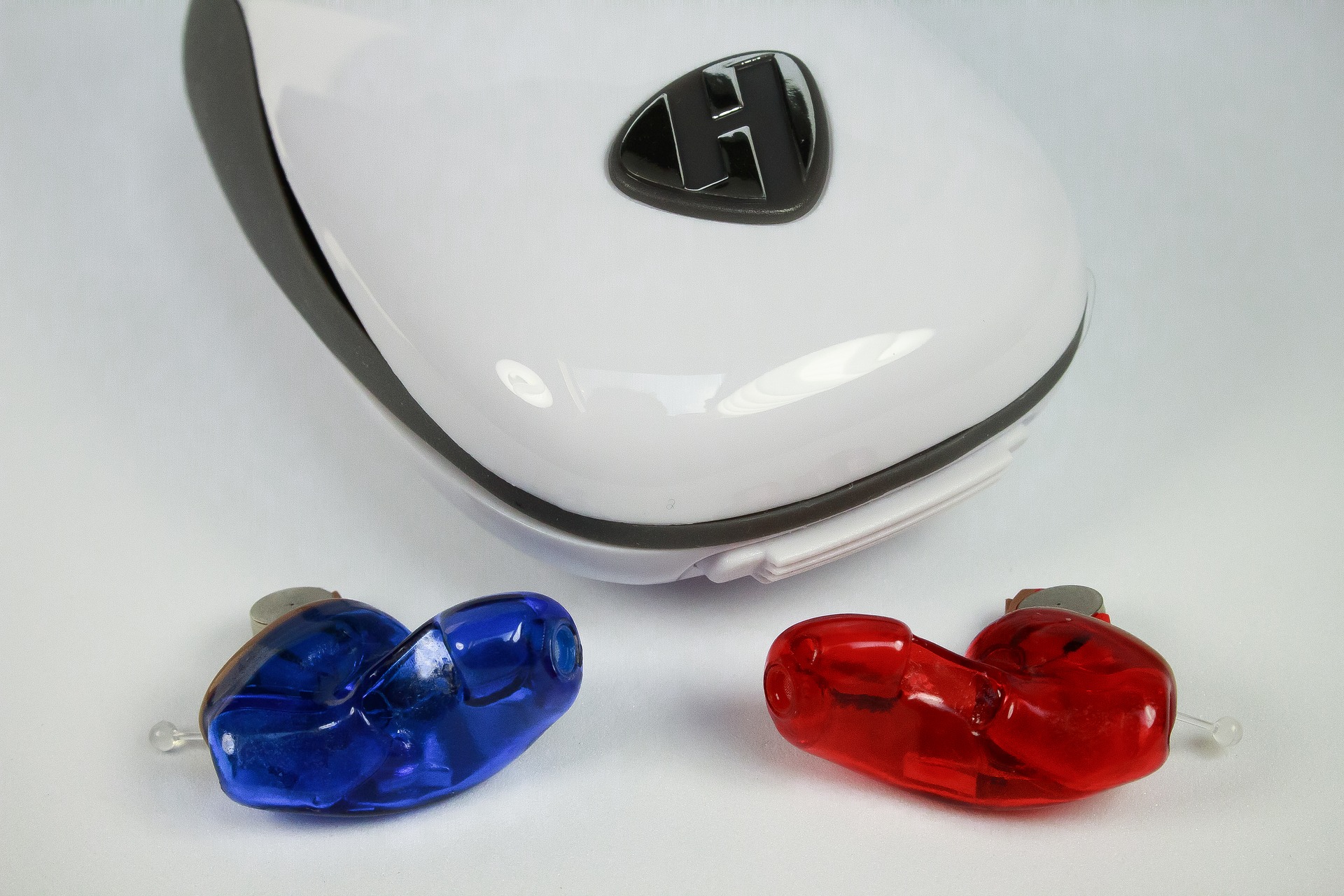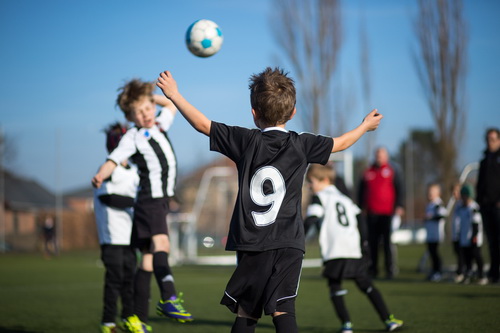- The Smith Family
https://www.thesmithfamily.com.au/
This children’s charity foundation focuses on supporting disadvantaged Australian children in an effort to provide long-term positive benefits for the children, their family and potentially generations to come. They are able to make this a possibility with their learning support and mentoring programs which help children who are in need fit in at school, keep up with their peers, and build aspirations for a better future for themselves. One can donate by cash or in kind by giving toys or books.
- Villa Maria
https://www.villamaria.com.au/
Villa Maria is a not-for-profit, values-based organization providing quality services and life enhancing opportunities for older people and children with a disability. For children, they have specialist education and therapy services which provides a range of educational, therapeutic and community services. Children who have medical, physical, social or learning needs benefit greatly from such program. Villa Maria encourages others to get involve not only through donation but also with community work by applying as one of their volunteers or perhaps becoming one of their corporate partners.
- Camp Quality
https://www.campquality.org.au/
Camp Quality focuses on attending to the needs of children who are living with cancer. The extra burden which these kids carry is not something to be taken lightly and Camp Quality aims to help children at home, at hospitals and even at schools. Their programs include Financial Support for bereaved families in extreme financial difficulty, Child Life Therapy which teaches coping strategies to children in hospital to help them deal with their illness inside and outside of hospital and a whole lot more.
- Marist Youth Care
http://www.maristyc.com.au/
Marist Youth Care focuses on helping young people who are homeless, or who are at risk of homelessness or are living away from their families. In addition, they are also focused on addressing the issues faced by young people by helping them develop skills for independent living in the future. This is can be seen with the programs and services that they provide to children which includes education services, employment & training, out of home care as well as specialist homelessness services.
- Australian Childhood Foundation
http://www.childhood.org.au/
The Australian Childhood Foundation tends to the needs of children who have suffered abuse, neglect and family violence. This includes both physical as well as emotional abuse which can greatly change a child’s viewpoint in life. They have programs such as trauma recovery to help cope with their childhood. They also work in a range of different ways to prevent child abuse and ensure the protection of all children by raising the much needed awareness which in turn benefits the children.
- Tweddle
http://www.tweddle.org.au/
Tweddle revolves around child and family health service by providing assistance to families during pregnancy and with children up to school age that are facing multiple challenges and are in urgent need of therapeutic support. Such issues and challenges for both the parents and their child include infant development or disability, postnatal depression and perinatal mental health issues, family violence and isolation. Donations and fundraising campaigns have always played an important role in helping Tweddle secure additional funds for programs and resources and they encourage others to help them with their cause.
- Variety
http://www.variety.org.au/
Variety-the Children’s Charity is a national not-for-profit organization committed to empowering Australian children who are sick, disadvantaged or who have special needs. Variety is able to help children with three core programs namely: future kids, freedom kids and caring for kids. The future kids program gives children the opportunity to enhance their learning through the provision of technology, musical and sporting equipment, therapy and scholarships. The freedom program aims to assist with mobility and communication. Caring for kids program supports children’s health services providing medical equipment to individuals, hospitals and organizations.
- Association for Children with a Disability
http://www.acdnsw.org.au/
ACD NSW provides information and support to families of children or young adults with any type of disability across NSW in an effort to raise awareness of the issue facing parents, carers and families of children with disability and advocate for improved services. They are quite active as they provide information seminars on issues ranging from advocacy and supported accommodation to establishing trusts and will writing. Furthermore, they work with other groups, service providers, the government and other decision-makers on issues affecting families.
- Australian Children’s Music Foundation
http://acmf.com.au/
The Australian Children’s Music Foundation aims to change young lives through music. For that matter, they strive to inspire creativity and imagination by providing weekly music education and instruments to more than 3900 disadvantaged Australian children and youth at risk. Music has a significant impact on a child’s mental health and development and this is where ACMF focuses upon through music therapy and other related programs. The ACMF provides free instruments to disadvantaged children and youth across Australia which is gathered through donations.
- Act for Kids
http://www.actforkids.com.au/
Act for Kids is an Australian charity working tirelessly to prevent and treat child abuse and neglect. They strive to help kids to overcome their experiences through long-term intensive therapy, and provide support for families at risk. This is made possible through their treatment and prevention programs which include the SAFEKIDS program that provides safe houses and family support for kids who can’t live safely at home while authorities investigate child protection concerns while also supporting parents to address the issues impacting their children’s safety and wellbeing, and gradually reintroducing their kids back into community.
- The Alannah and Madeline Foundation
http://www.amf.org.au/
The Alannah and Madeline Foundation is a national charity protecting children from violence and its devastating impact. Aside from caring for children who have experienced or witnessed serious violence, they also run programs that prevent violence and advocate for children’s safety and wellbeing. Bullying is a common issue to children and the this foundation provides the necessary help with their Bullying Advice Centre which is shared not only for kids but also to their parents as well as to schools.
- Ardoch Youth Foundation
https://www.ardoch.asn.au/
The Ardoch Youth Foundation is a charity providing education support for children and young people experiencing disadvantage. They have been providing support to children and young people in disadvantaged communities for over 25 years in an effort to address barriers to education, develop the basic foundations of learning and broaden horizons for children and young people. Their programs include learning essentials, learning buddies, broadening horizons and early years education. One can help them in a variety of ways which include volunteering, workplace giving, corporate partnerships etc.











